Here are some of the answers, in broken English, translated back from my chicken scratch short hand.
"faith in your own talent, love for the product, and love for your customer."
"A great designer of tomorrow has to have a vision and brilliant ideas."
"A strong design radiates authenticity
"Strong design knowledge of the past, feel for today, and vision for the future."
"Bravery that comes from love of fashion. Love of fun helps as well."
"Successful designers of tomorrow offer personal vision of beauty __ and individuality___seduce with sustainable fabrics___alluring___and subtle__of cut and color- harmony of cut and color should be a concern of any young designer___sense of fabrics that is where is all begins."
"At a time when any blogger can comment on fashion, designers have to be stronger than ever to realize their vision. The danger of being overwhelmed by the moment can be devastating for creativity."
"Successful designers of tomorrow understand design is about solving problems, in sustainability and efficient way___creative in use of texture, color, creative ceo of one's own brand."
"Young designers ___belief in self and vision- strong - stubborn ___because of flood of stimulation, information and divergent demands pouring in from all sides will constantly tempt you to be all things to all people."
"Skill and craftsmanship are as important as assertiveness and vision to successful designers."





